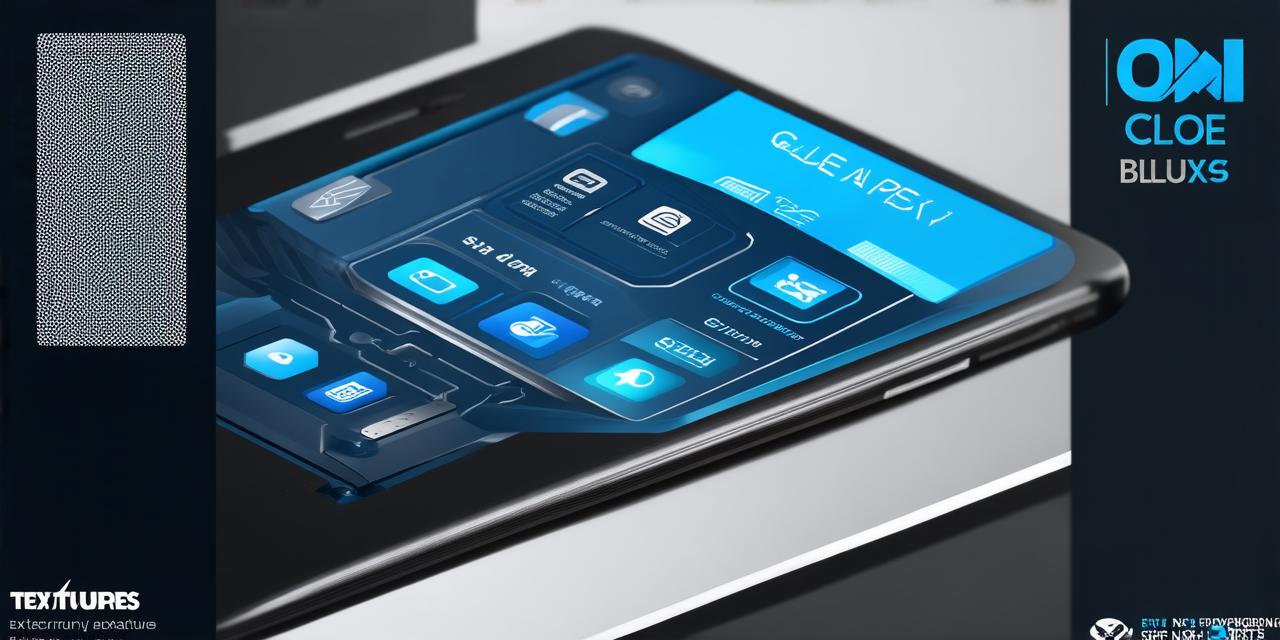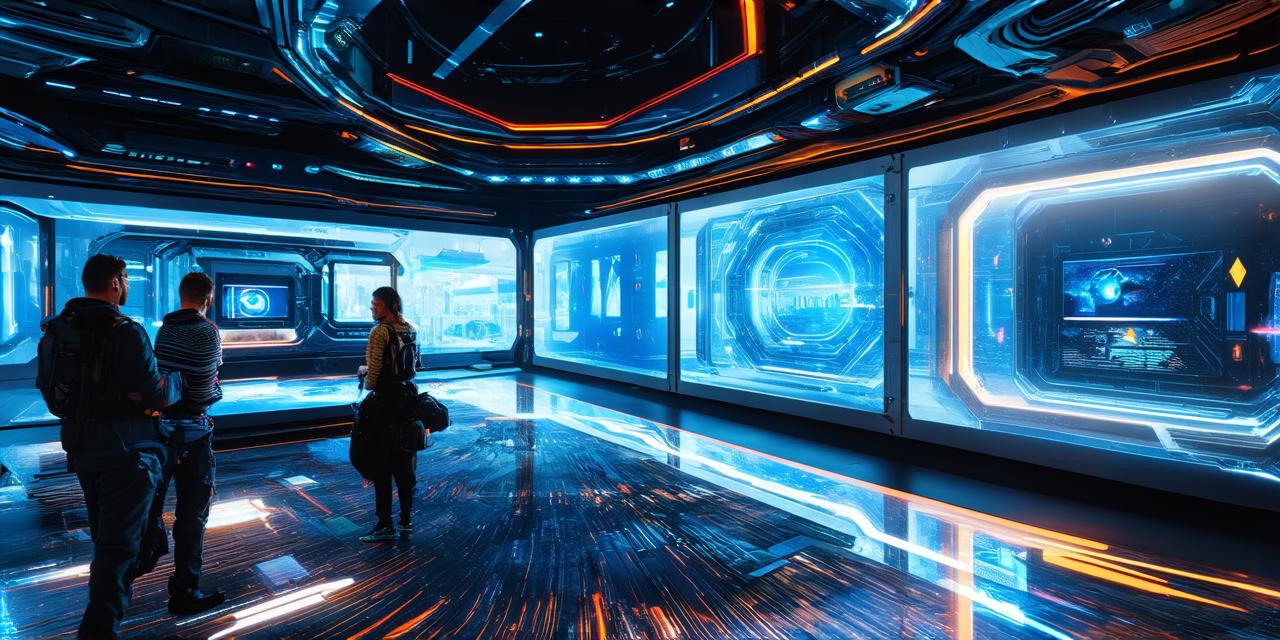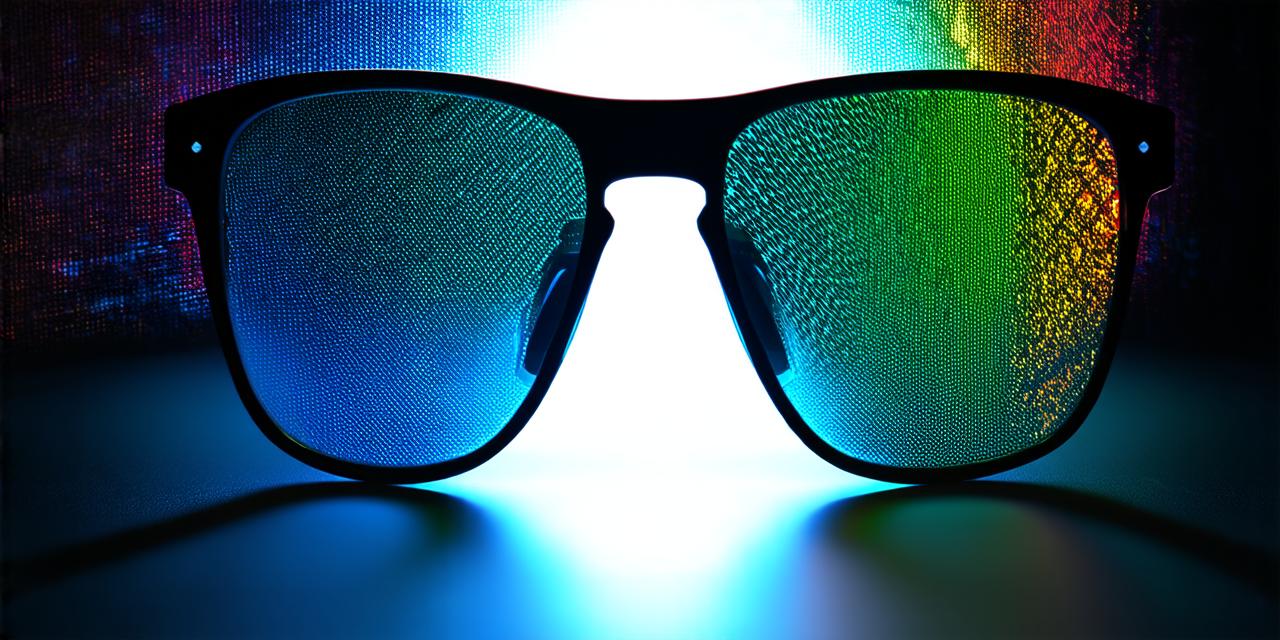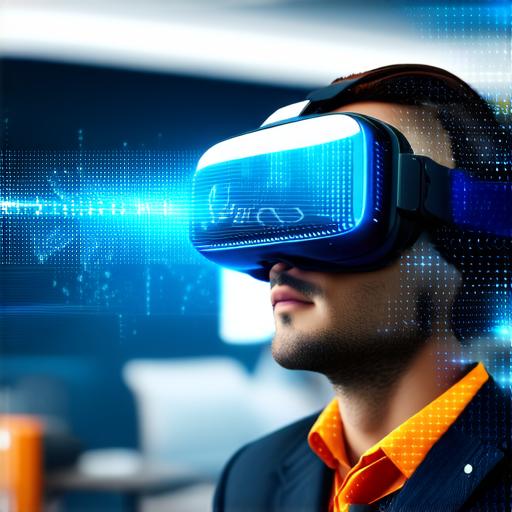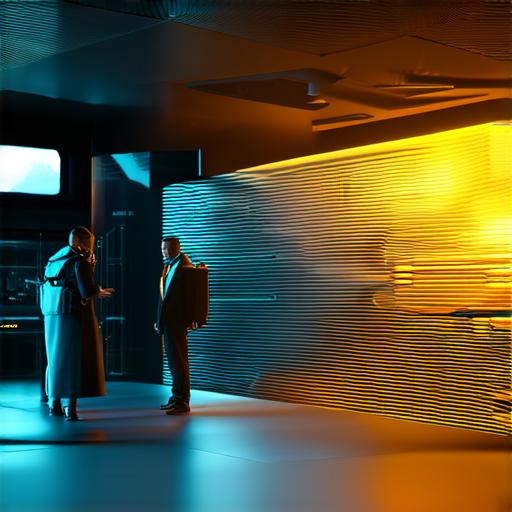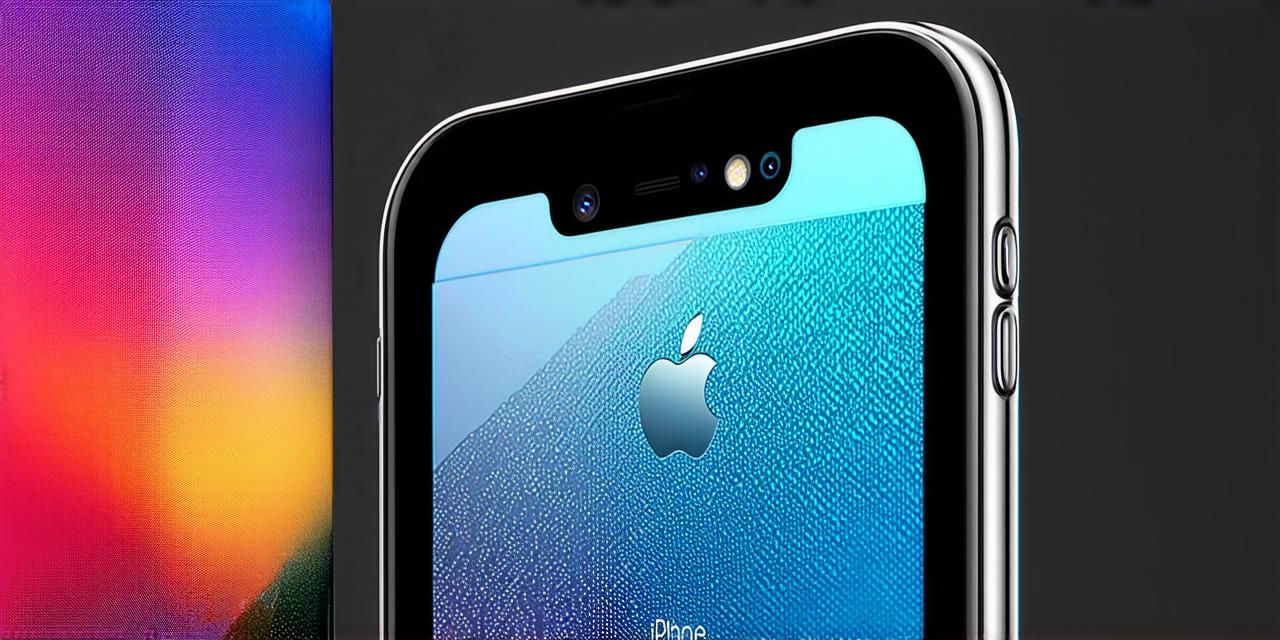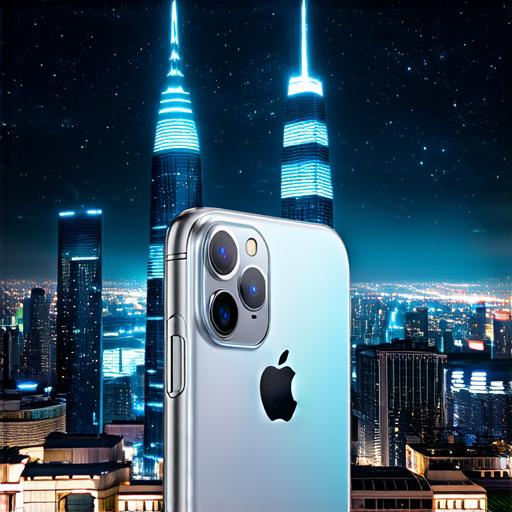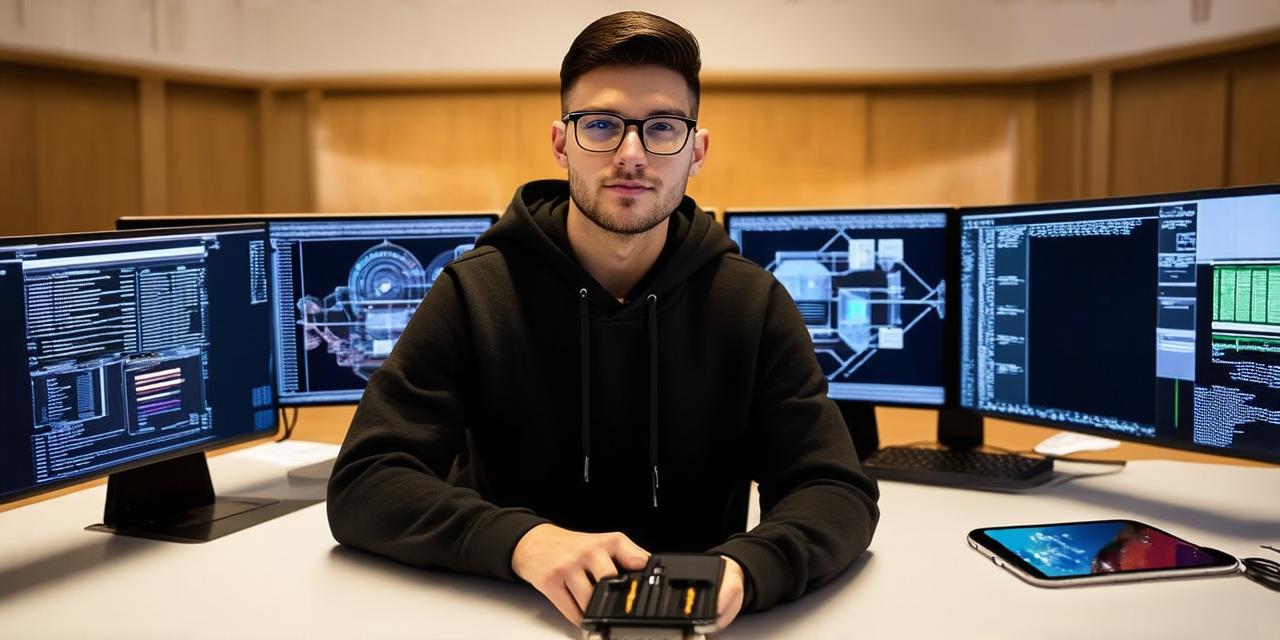As the world continues to embrace augmented reality (AR) technology, it’s important for developers to understand the various components that make up this immersive experience. One of the most critical elements in AR development is the mesh – a 3D model that serves as a reference point for the virtual objects placed within the real world.
What is a Mesh in Augmented Reality?
A mesh is a 3D model that represents an object or scene within an augmented reality environment. The mesh can be made up of polygons, vertices, edges, and faces, which define the shape, texture, and appearance of the virtual object. In AR, meshes are typically used to represent physical objects, such as furniture, cars, or even entire environments, that are placed within the real world.
The mesh serves as a reference point for the virtual object, allowing it to be accurately positioned and tracked within the real world. This is achieved through a process called tracking, which involves using sensors and cameras to identify the position of the marker (the mesh) in the real world. Once the marker is identified, the virtual object can be placed at the correct location and orientation relative to the marker, creating a seamless integration between the real and virtual worlds.

The Importance of Meshes in AR Development
Meshes are essential for creating engaging and realistic experiences in AR. They provide a visual representation of the virtual objects and environments that are placed within the real world, making them an integral part of the overall user experience. Without meshes, it would be difficult to accurately position and track virtual objects within the real world, resulting in an immersive experience that is disjointed and unrealistic.
One of the main challenges in AR development is achieving accurate tracking of virtual objects relative to the real world. This is where meshes come into play. By providing a reference point for the virtual object, meshes enable developers to accurately track the position and orientation of the object within the real world, resulting in a more realistic and engaging experience for the user.
Case Studies: Real-World Examples of Meshes in AR Development
There are many examples of meshes being used in AR development to create engaging and realistic experiences. Here are a few case studies that demonstrate the importance of meshes in this field:
- Pokemon Go: The popular mobile game uses meshes to represent virtual creatures that are placed within the real world. The mesh serves as a reference point for the creature, allowing it to be accurately positioned and tracked within the real world. This results in an immersive experience that encourages users to explore the real world and interact with virtual objects in unique ways.
- IKEA Place: This augmented reality app allows users to place virtual furniture within their homes to see how it would look and feel in the space. The mesh-based models of the furniture are placed within the real world, allowing users to accurately position and interact with the virtual objects.
- Snapchat Lenses: The popular social media platform uses meshes to create augmented reality lenses that can be applied to photos and videos.

